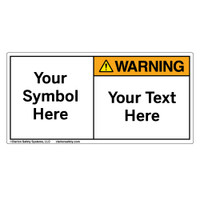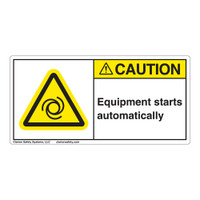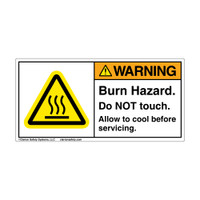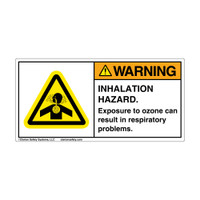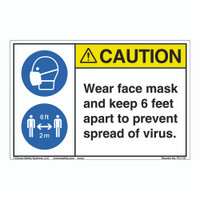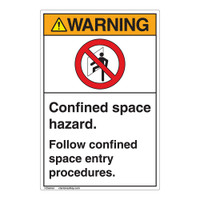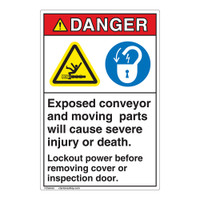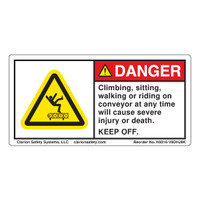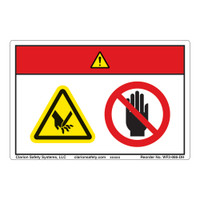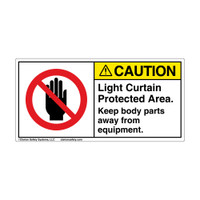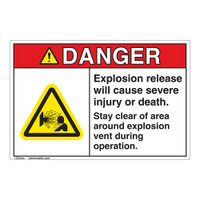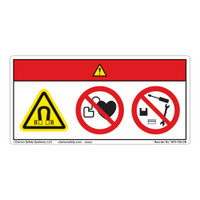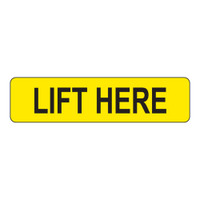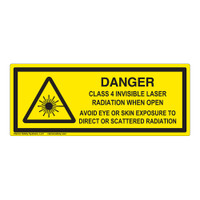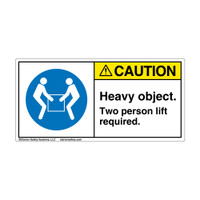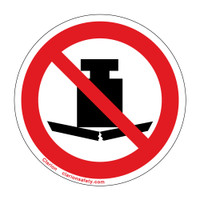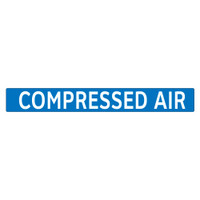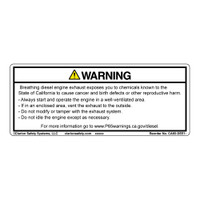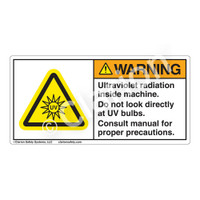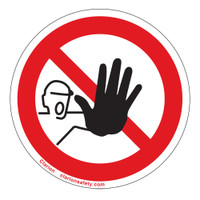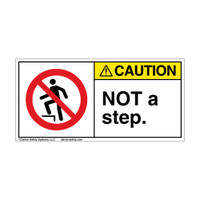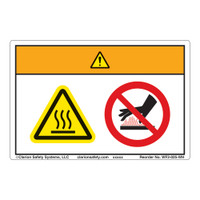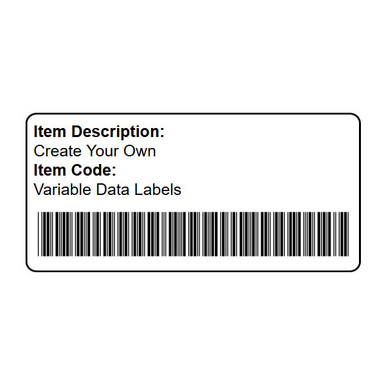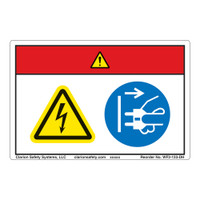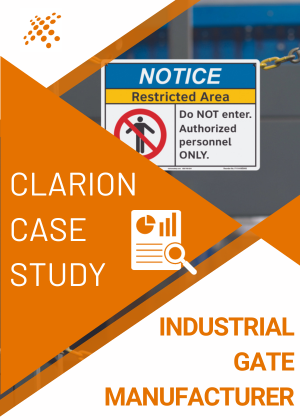-

-

-

Warning Moving Parts Can Crush Label (1017-FTWH)
Starting at $0.86 / each -

Hand Crush Force From Above Label (IS1105-)
Starting at $0.41 / each -

Danger Climbing Sitting Roll (H5016-V9DHJ9K)
Starting at $0.20 / each -

Hand Pinch Moving Parts Label (IS1110-)
Starting at $0.41 / each -

Caution Pinch Point Label (H1017-HBCH)
Starting at $0.86 / each -

Warning Burn Hazard Roll (H6043-TMWHJ9K)
Starting at $0.21 / each -

Hand Crush Pinch Point Label (IS1098-)
Starting at $0.41 / each -

Hand Crush Force from Above Label (IS1017-)
Starting at $0.41 / each -

-

Caution Pinch Point Label (H1105/6008-G3CH)
Starting at $1.16 / each -

Warning Drawing In and Crush Roll (H1043-8NWHJ9K)
Starting at $0.19 / each -

Warning Moving Parts Roll (H1146-389WHJ9K)
Starting at $0.19 / each -

Hand Entanglement Belt Drive Label (IS1009-)
Starting at $0.41 / each -

Hand Crush Force From Right Label (IS1073-)
Starting at $0.41 / each -

Hand Entanglement Rollers Label (IS1018-)
Starting at $0.41 / each -

Hand Entanglement Belt Drive Label (IS1090-)
Starting at $0.41 / each -

Warning Pinch Point Label (H1099/6011-K54WH)
Starting at $1.16 / each -

-

Hand Crush Force From Above Label (IS1143-)
Starting at $0.41 / each -

Hand Crush Force From Above Label (IS1179-)
Starting at $0.41 / each -

H1073-G3CHJ9K
Starting at $0.21 / each -

Hand Crush Force From Left Label (IS1074-)
Starting at $0.41 / each -

Warning Moving Parts Label (EMC 24)
Starting at $1.30 / each -

Warning Crush Hazard Label (H1017-PCWH)
Starting at $0.86 / each -

Hand Entanglement Rollers Label (IS1020-)
Starting at $0.41 / each -

Warning Pinch Point Label (1099-58WH)
Starting at $0.86 / each -

-

Warning Keep Hands Clear Label (H1105-PRWH)
Starting at $0.86 / each -

Crush Hazard/Overhead Load (IS6046)
Starting at $0.41 / each -

Entanglement Rotating Shaft Label (IS5131-)
Starting at $0.41 / each -

Danger Exposed Moving Parts Label (EMC 27)
Starting at $1.30 / each -

Warning Moving Parts Label (H1143-388WH)
Starting at $0.86 / each -

Warning Pinch Points Label (H1098-405WH)
Starting at $0.86 / each -

Warn Against Pinch Points and Machinery Hazards
Machinery often has moving parts – including rollers, gears, belt drives, or conveyors – that create potential pinch point, entanglement, and crush hazards. These risks can result in serious injuries: mangled fingers, broken bones, scalping, amputation, and crushed bodies. Clarion Safety’s crush and entanglement hazard labels help remind operators, technicians, and maintenance personnel to follow safe procedures and use proper <a href="/PPE-Labels">personal protective equipment (PPE)</a> to avoid accidental injury while operating and maintaining equipment.
Applications Across Industrial and Commercial Equipment
These labels play a crucial role in alerting operators and workers to potential risks of industrial machinery like presses and stamping machines, conveyor systems in manufacturing and distribution centers, as well as power tools, heavy construction equipment, and agricultural machinery. Material handling equipment such as forklifts, manufacturing machinery like robotic arms, and automated systems in various industries also require these labels to prevent accidents. Because interactions with moving parts vary, we offer a variety of standardized symbols to effectively match your unique hazard scenarios.
Compliance with OSHA’s Machine Guarding Standards
OSHA's 29 CFR 1910.212 standard outlines machine guarding requirements, emphasizing the use of visual warnings such as signs, labels, or color-coded markings to indicate areas where crush and entanglement hazards exist. These visual warnings alert workers to potential dangers, ensuring they exercise caution and avoid unnecessary risks. When implementing machine guarding measures to address crush and entanglement hazards, OSHA requires employers to consider all feasible means of protection, including using visual warnings in conjunction with physical barriers, interlocks, and other safeguarding methods. This holistic approach aims to minimize the risk of injuries related to crush and entanglement hazards in the workplace through layered protection strategies.
According to the latest data from the BLS, in 2022, 95 workplace fatalities were attributed to crushing injuries, including being struck or caught in structure, equipment, or material. In a five-year period (2018-2022), fatal crushing injuries ranged from 73 to 95 per year. The term "crush" refers to situations where workers are caught between moving parts or heavy objects, leading to severe injuries; "entanglement" involves getting caught or trapped in machinery or equipment, often resulting in injuries such as lacerations, fractures, and even amputations.
In 2020 alone, the United States witnessed approximately 2,450 workplace injuries due to crush and entanglement hazards.
- Crush
- Refers to situations where workers are caught between moving parts or heavy objects, often resulting in severe injuries.
- Entanglement
- Involves getting caught or trapped in machinery or equipment, commonly leading to lacerations, fractures, or even amputations.
Manufacturing Responsibility and Global Equipment Safety
Manufacturers are responsible for mitigating and communicating about residual risks on the equipment they produce. Incorporating hazard labels early in the design phase ensures strategic placement and consistent communication of risk, especially for equipment distributed globally. Employers also share in maintaining safe environments through proper installation, training, and label visibility.
